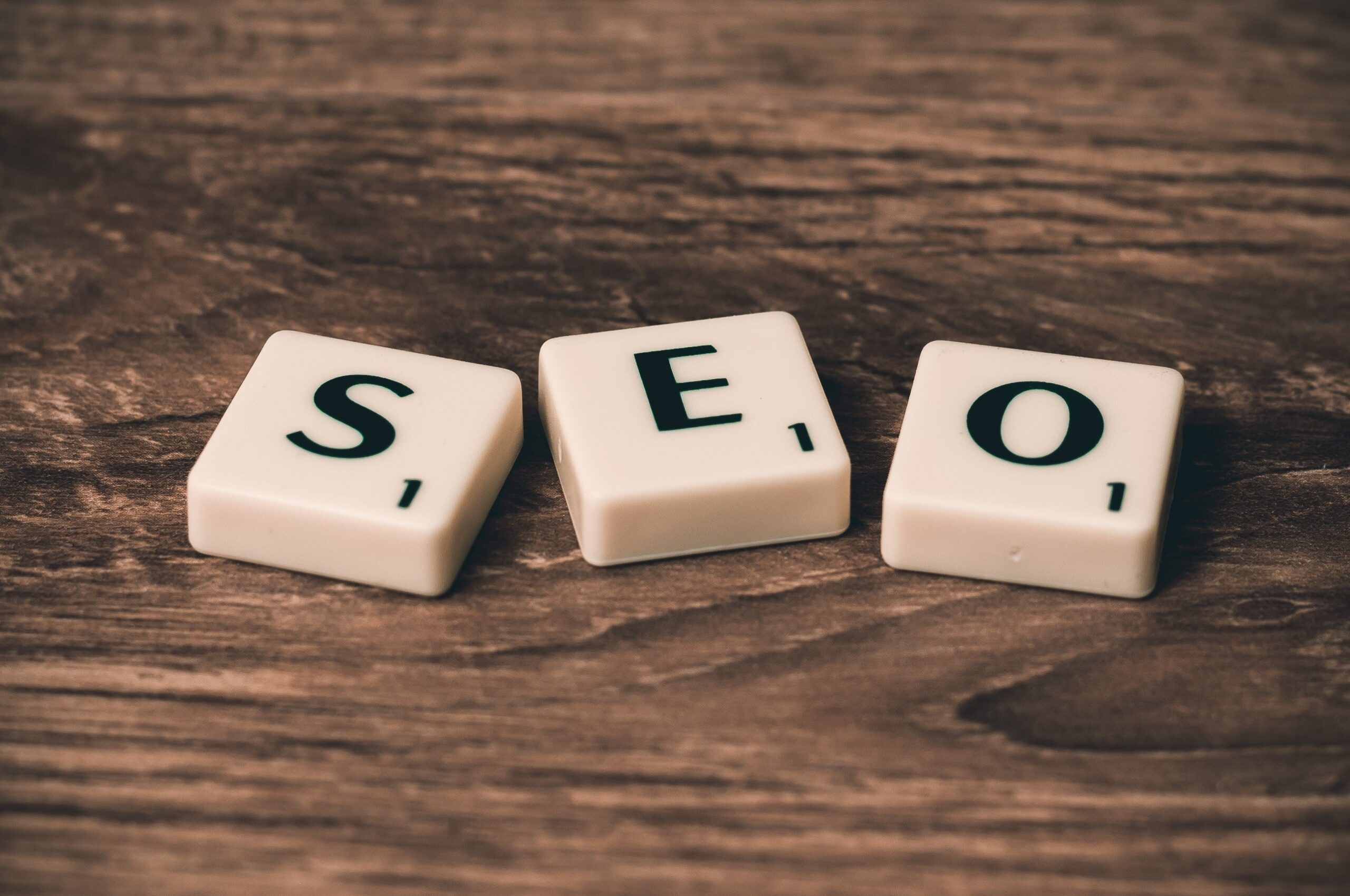SEO, or Search Engine Optimization, is a crucial aspect of digital marketing that can significantly impact the online visibility of your website. In today’s digital landscape, where visual content plays a vital role, optimizing images for SEO is more important than ever. In this comprehensive guide, we will delve into the world of image SEO, exploring techniques and strategies to enhance your website’s performance in search engine rankings.
Introduction
In the fast-paced world of the internet, where information is readily available at our fingertips, optimizing your website’s images for SEO is a game-changer. It’s not just about having visually appealing images; it’s about making them work for you. Let’s explore how you can harness the power of image SEO to drive more traffic to your website and improve your overall search engine rankings.
1. Understanding the Importance of Image SEO
Images are more than just eye candy on your website; they are a powerful tool for conveying information and engaging your audience. However, if not optimized correctly, they can slow down your website and harm your SEO efforts. Here’s why image SEO is crucial:
– Improved User Experience: Optimized images load faster, providing a smoother user experience. Visitors are more likely to stay and explore your site when it loads quickly.
– Higher Search Engine Rankings: Search engines take into account the speed and relevance of your website, including image optimization. Properly optimized images can positively impact your rankings.
– Mobile Optimization: With the increasing use of mobile devices, having optimized images ensures your website looks great and loads quickly on smartphones and tablets.
2. Choosing the Right Image Format
When it comes to image SEO, choosing the right format is essential. The two most common image formats are JPEG and PNG. Here’s when to use each:
– JPEG (Joint Photographic Experts Group): Use JPEG for photographs and images with complex colors. It offers high compression, making file sizes smaller without significant loss of quality.
– PNG (Portable Network Graphics): PNG is ideal for images with transparency or simple graphics. It supports lossless compression, ensuring the best image quality.
3. Image Compression
Large image files can slow down your website’s loading speed, negatively affecting SEO. Image compression is the solution. Several tools and plugins are available to help you compress images without compromising quality. Some popular options include TinyPNG and Smush.
4. Image Alt Text
Alt text, or alternative text, is a brief description of an image that appears when the image cannot be displayed. Search engines use alt text to understand the content of an image. When optimizing images for SEO, it’s essential to include descriptive alt text that incorporates your target keyword. This helps search engines index your images accurately.
5. Image Titles and Filenames
The names you give your image files matter in SEO. Instead of using generic names like “IMG123.jpg,” use descriptive filenames that include your focus keyword. For example, if your focus keyword is “beach vacation,” a good filename would be “beach-vacation-sunset.jpg.”
6. Responsive Images
With the increasing variety of devices people use to browse the web, it’s essential to ensure your images are responsive. Responsive images adapt to different screen sizes and resolutions, providing an optimal viewing experience on all devices.
7. Image Sitemaps
Include images in your sitemap to help search engines discover and index them more efficiently. This is especially important if your website contains a substantial number of images.
FAQs
Q: What is the ideal image size for SEO?
A: There is no one-size-fits-all answer, as it depends on your website’s design. However, aim for image file sizes of 100KB or less to ensure fast loading times.
Q: Can I use stock photos for SEO?
A: Yes, you can use stock photos, but make sure to optimize them by adding relevant alt text and filenames.
Q: Are there any free image optimization tools?
A: Yes, tools like TinyPNG and Smush offer free versions that can effectively compress images for better SEO.
Q: How can I check if my images are slowing down my website?
A: You can use website speed testing tools like Google PageSpeed Insights or GTmetrix to analyze your website’s performance, including image loading times.
Q: Is it important to have unique images for SEO?
A: While unique images can be beneficial, it’s more crucial to optimize the images you use, whether they are unique or stock photos.
Q: Should I use captions for my images?
A: Captions can provide additional context to your images, which can be beneficial for SEO, especially if they include relevant keywords.
Conclusion
Optimizing images for SEO is a must in 2023’s digital landscape. It not only enhances your website’s user experience but also boosts your search engine rankings. By following the strategies and tips outlined in this guide, you can harness the power of image SEO to drive more traffic and increase your online visibility.
Remember that SEO is an ongoing process, so regularly monitor your website’s performance and make necessary adjustments to your images and content. By doing so, you’ll stay ahead in the competitive world of online marketing.
